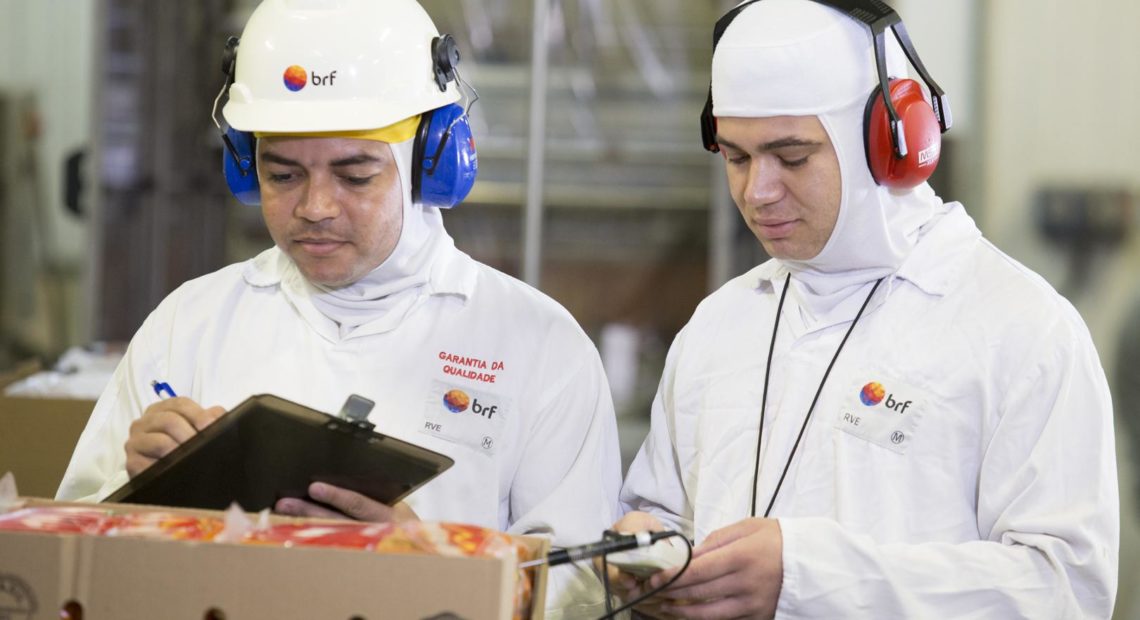It’s not just the outbreaks of E. coli and salmonella or the popularity
of the “locavore” movement among locally-grown food activists that has
spawned the creation of more detailed information about the journey
from the farm to the dinner table.
The New Scientist reported the flurry of technologies, reporting
systems and databases for tracing food origins. From the Locavore
iPhone app [iTunes link], to the Good Guide’s product listing of “safe,
healthy and green” products (also available for mobile devices), and
the Trace Tracker which allows mobile tracing of Halal food, the food
information movement seems to be gaining traction.
Even though these ideas are not new, the mainstream popularity could be
linked to recent bestsellers that bring consumer awareness of the
hidden side of food. To name just a few: Eric Schlosser’s Fast Food
Nation, Carlos Petrini’s Slow Food Nation, (the obligatory) Michael
Pollan’s The Omnivore’s Dilemma, Marion Nestle’s Food Politics, Brian
Halweil’s Eat Here.
And ensuring that people and habitats are treated fairly in the food
production process is certified by a number of third parties including:
TransFair USA’s Fair Trade Certified, The Rainforest Alliance’s Shade
Grown Certified and a number of state, national and internationally
certifcation systems for organic food.
Not to mention that Whole Foods has created its own Whole Trade
Program, in which it promotes many different labeling certification
systems, under the auspices that competition will serve improve each
one.
In fact, more than 95 percent of the Whole Trade products offered are
Fair Trade Certified, said Anthony Marek, director of external
communications for TransFair USA, in a telephone interview. And even
though this Oakland-based non-profit organization does not have a bar
code system, the concept behind fairly traded products acts as a
tracking system, because many products are single origin.
“Human beings are still relationship-driven,” Marek said. “We can’t fly
to Nicaragua, pick out our coffee, and ask the farmer to send us a
pound per week,” but the certification system can provide that link and
guarantee that many consumers are seeking.
Bar codes for food origins may only be emerging, but Marek thinks that
consumers will begin to demand this kind of connection, for two
reasons: food safety issues, in case there is a problem in that area;
and to create the relationship with the family or community from which
one is purchasing products.
Knowing where your food comes from is important for locavores, who want
to reduce the number of miles traveled and can choose coffee from
Oaxaca, Mexico, instead of from Java, Indonesia with food tracking
systems, Marek said. But the origin of products is also important so
people can have pride in craftsmanship — knowing your coffee is “Made
with Pride” in one place gives that country an incentive to improve
quality.
So what’s the story here? Do shoppers feel empowered or are making
more informed decisions about their food choices? Perhaps. Or maybe
consumers could simply feel better if they knew their chicken did not
come from an area that is affected by avian flu. Even if it is simply
intrinsic, there is a value in being connected to your food or
clothing. If these bar code-type systems evolve, there could even be a
monetary value, too.



